Condensation on a toilet cistern, often referred to as “cistern sweating,” occurs when the surface of the tank becomes cooler than the surrounding air, causing moisture to collect. This can lead to unpleasant dripping, water damage to floors, or even mold growth over time.
Understanding the causes and solutions for this common issue can help maintain a comfortable, clean, and damage-freeAn error occurred during generation. This guide will walk you through how to stop condensation on toilet cistern, providing tips and techniques to help simplify the task.
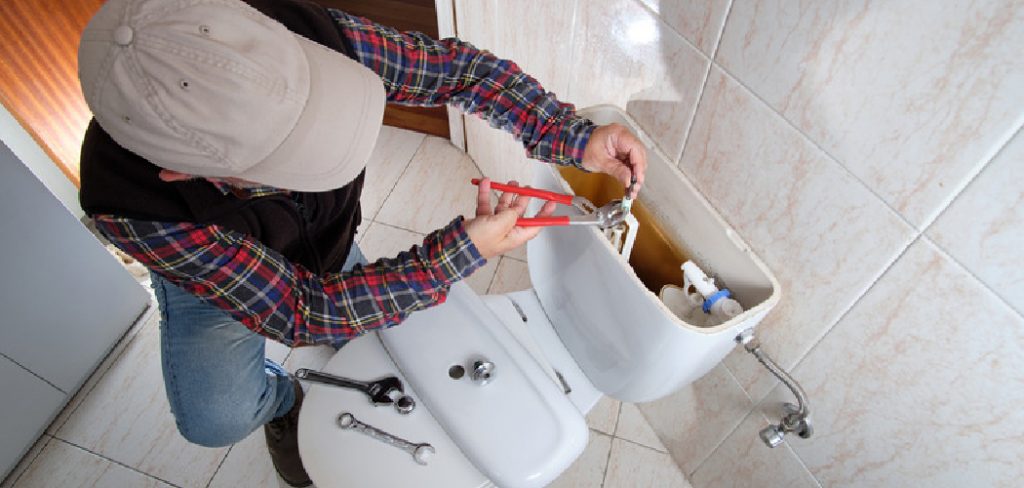
Why Condensation Occurs
Condensation on a toilet cistern happens primarily due to the temperature difference between the cold water inside the cistern and the warmer, humid air outside. When warm air comes into contact with the cooler surface of the cistern, the moisture in the air condenses into water droplets.
This is especially common in areas with high humidity levels or during the summer months when the air is warmer and more moisture-laden. Additionally, frequent flushing can exacerbate the issue, as it constantly refills the tank with cold water, maintaining the cool surface temperature and making condensation more likely. Understanding this process is key to preventing and managing condensation on your toilet cistern.
Problems Caused by Condensation
Condensation on a toilet cistern can lead to several problems if not addressed promptly. One of the most common issues is water damage to the surrounding flooring or walls. Persistent dripping from the cistern can result in warped or rotting floorboards, discolored surfaces, or weakened structural materials.
Over time, the constant presence of moisture provides an ideal environment for mold and mildew growth, which can not only cause unpleasant odors but also pose health risks, especially for individuals with allergies or respiratory conditions.
Additionally, prolonged exposure to moisture can lead to corrosion of metal fixtures, reducing their lifespan and potentially leading to costly repairs or replacements. Addressing this issue early helps to prevent these problems from compounding and ensures a cleaner, safer bathroom environment.
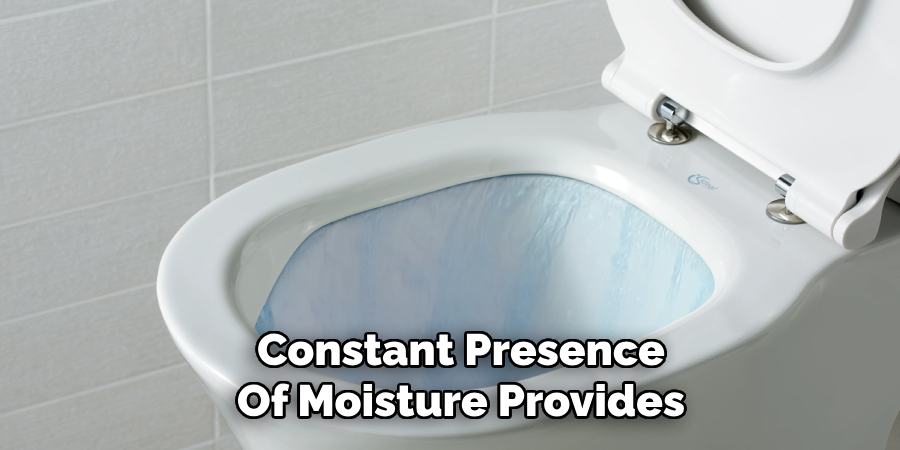
10 Methods How to Stop Condensation on Toilet Cistern
1. Improve Bathroom Ventilation
One of the simplest and most effective ways to prevent condensation on a toilet cistern is to improve ventilation in the bathroom. When warm, moist air lingers, it increases the chances of condensation forming on cold surfaces. Installing an exhaust fan can help remove excess humidity, reducing the likelihood of condensation.
Additionally, keeping a window open after showers or baths can help air circulate and balance temperature levels, preventing excessive moisture buildup.
2. Use an Anti-Condensation Toilet Cistern Jacket
An anti-condensation jacket is an insulating layer designed to wrap around the toilet cistern, helping to reduce temperature differences between the cistern and the surrounding air. These jackets are made of insulating foam or fabric and act as a barrier, preventing the cold cistern surface from triggering condensation.
Most anti-condensation jackets are easy to install and can be trimmed to fit various cistern sizes, making them a practical and cost-effective solution.
3. Reduce Bathroom Humidity with a Dehumidifier
If your bathroom tends to be excessively humid, a dehumidifier can help maintain optimal moisture levels. Dehumidifiers work by extracting excess water from the air, making it less likely for condensation to occur on cold surfaces, including the toilet cistern. A small, portable dehumidifier placed in the bathroom can be particularly helpful in households where ventilation alone is not sufficient to control humidity.
4. Insulate the Interior of the Cistern
Another effective method is to insulate the inside of the cistern. Applying a layer of insulation, such as self-adhesive foam or polystyrene sheets, to the inside walls of the cistern can help minimize temperature fluctuations. This insulation prevents the cold water inside from making the cistern walls too cold, thereby reducing condensation. Many hardware stores sell DIY insulation kits designed specifically for this purpose.
5. Use a Heated Toilet Cistern
A heated toilet cistern is a more advanced solution that works by maintaining the cistern at a slightly warmer temperature to prevent condensation. Some modern toilets come with built-in heating elements, or you can install a heating pad around the cistern. While this option may be more costly, it is highly effective in homes where condensation is a persistent issue due to extreme temperature differences.
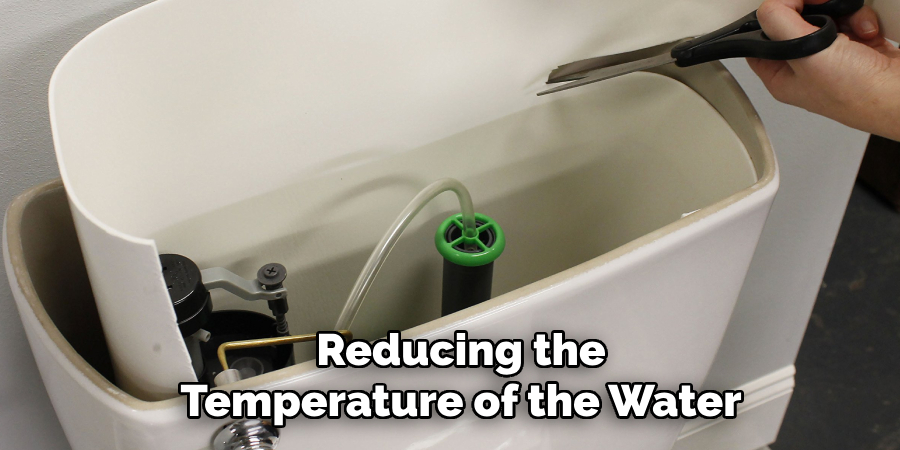
6. Lower the Water Temperature in the Cistern
Reducing the temperature of the water inside the cistern can help decrease condensation. This can be done by adding a small amount of warm water to the cistern each time it refills. Alternatively, some people install a mixing valve that blends a small quantity of warm water with the cold supply, preventing the cistern from becoming excessively cold. While this method requires some plumbing adjustments, it is an effective long-term solution.
7. Apply Anti-Condensation Paint
Anti-condensation paint is a special coating that helps prevent moisture buildup on surfaces prone to condensation. Applying this type of paint to the exterior of the cistern can create a protective layer that minimizes condensation formation. These paints work by providing insulation and absorbing minor moisture accumulation, keeping the cistern surface dry even in humid conditions.
8. Fix Any Leaks or Running Toilets
A continuously running toilet can contribute to excessive condensation on the cistern. When water is constantly flowing into the tank, it keeps the cistern colder than necessary, making it more prone to condensation. Checking for leaks, replacing faulty flapper valves, and ensuring that the toilet fills correctly can help maintain a stable temperature inside the cistern, reducing condensation problems.
9. Use Moisture-Absorbing Materials
Placing moisture-absorbing materials in the bathroom can help control humidity and reduce condensation. Products such as silica gel packets, moisture absorbers, or even a bowl of baking soda can help absorb excess moisture in the air. These solutions are particularly useful in smaller bathrooms with limited ventilation, as they can help maintain a drier environment.
10. Install a Dual-Flush or Low-Flow Toilet
A dual-flush or low-flow toilet can help reduce condensation by minimizing the amount of water stored in the cistern. Since these toilets use less water per flush, the cistern doesn’t remain as cold for as long, decreasing the likelihood of condensation forming. This option is also environmentally friendly and can help lower water bills while solving the condensation issue.
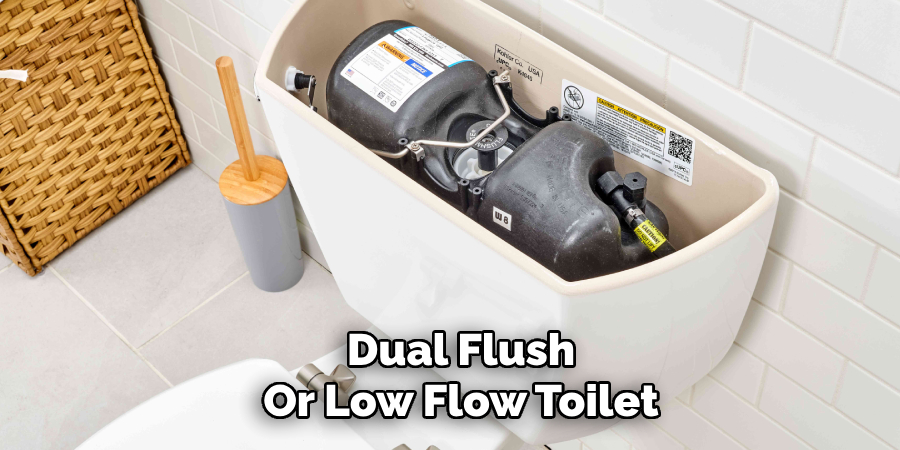
Things to Consider When Choosing a Solution
When addressing condensation on a toilet cistern, it is essential to evaluate the specific conditions of your bathroom to select the most suitable solution. Assess factors such as the level of humidity, the extent of ventilation, and the temperature differences in your environment.
For instance, in bathrooms with poor ventilation, focusing on methods like installing an exhaust fan or using a dehumidifier may provide the best results. On the other hand, if the primary issue is a persistently cold cistern, options like insulating the cistern or using a heated toilet cistern may be more effective.
Additionally, consider the cost of each method and the ease of implementation. Solutions like anti-condensation jackets or moisture-absorbing materials are affordable and simple to install, making them ideal for quick fixes. For long-term results, however, investing in structural improvements like upgrading to a dual-flush toilet or applying anti-condensation paint may be more worthwhile.
Understanding your bathroom’s unique needs and limitations can help ensure that the chosen solution effectively addresses the problem without unnecessary hassle or expense.
Troubleshooting Common Issues
Despite implementing various solutions, condensation on toilet cisterns can sometimes persist or lead to additional complications. Here are some common issues you may encounter and how to resolve them:
1. Persistent Condensation Despite Efforts
If condensation continues despite trying multiple methods, the root cause may be higher-than-normal humidity levels in your bathroom. Double-check the humidity levels with a hygrometer. If the levels remain excessively high, consider combining solutions, like using a dehumidifier alongside ventilation improvements or insulating the cistern.
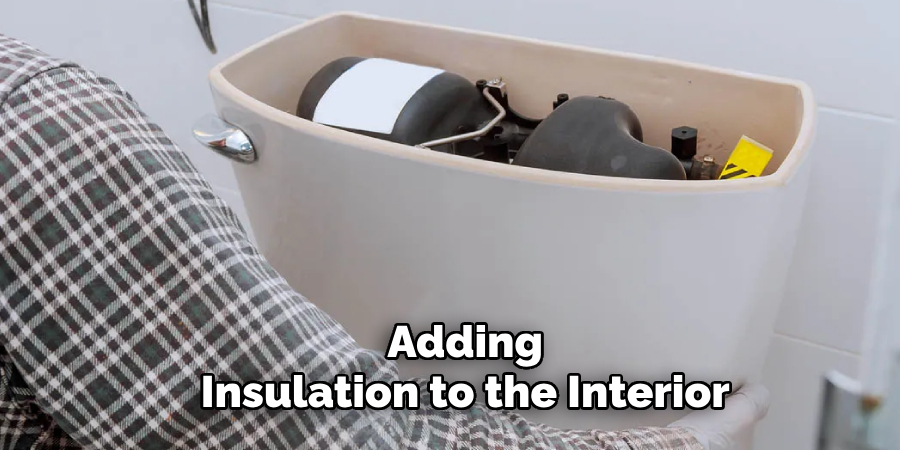
2. Difficulty Installing Insulation
When adding insulation to the interior or exterior of the cistern, you may face challenges with fitting or securing the material. Ensure you have measured the cistern accurately before purchasing insulation sheets or jackets. If issues persist, consult with a hardware professional for custom-cut materials or alternative solutions.
3. Dehumidifier Maintenance Problems
If a dehumidifier is being used, you may encounter issues such as the unit underperforming or requiring frequent emptying. Be sure to clean the filters regularly and position the dehumidifier for optimal airflow in the bathroom. For severe issues, check the unit’s capacity and ensure it matches the size of your bathroom.
4. Toilet Running Continuously
Sometimes, condensation is exacerbated by plumbing problems like a running toilet. Inspect all toilet components, such as the flapper valve and fill valve, to ensure they are functioning correctly. Replace any faulty parts promptly to prevent the cistern from staying too cold.
Conclusion
Condensation on a toilet cistern can be a frustrating and persistent issue, but with the right preventive measures, it can be effectively managed. Improving ventilation, using insulation, reducing humidity levels, and making small adjustments to your plumbing system can all contribute to a drier, condensation-free bathroom. Thanks for reading, and we hope this has given you some inspiration on how to stop condensation on toilet cistern!

